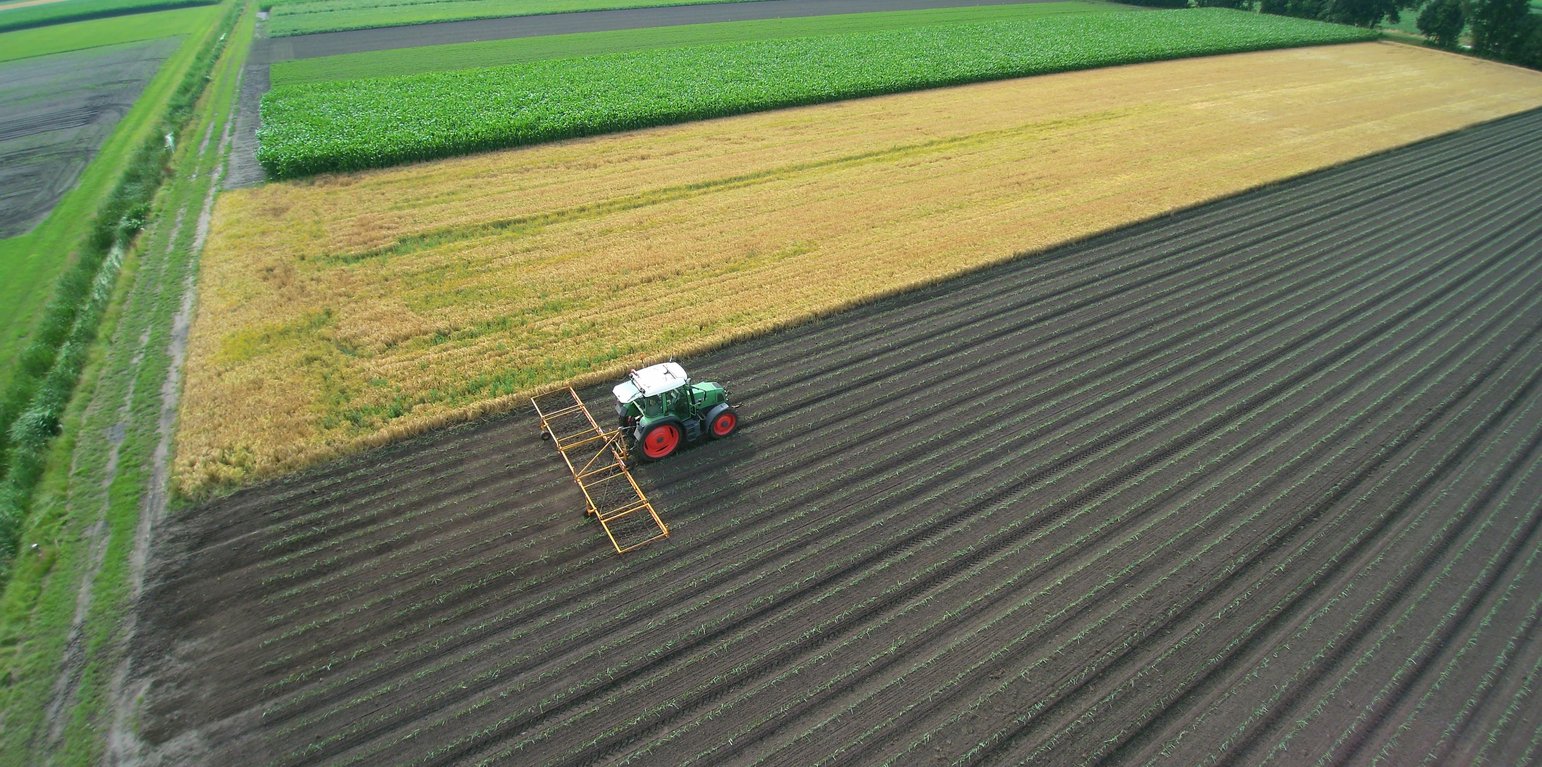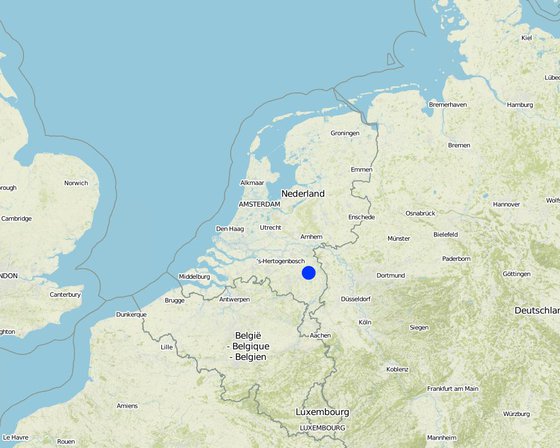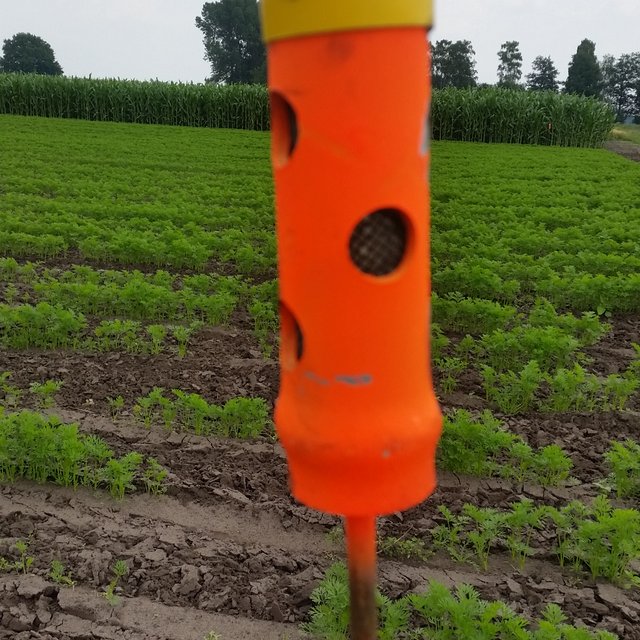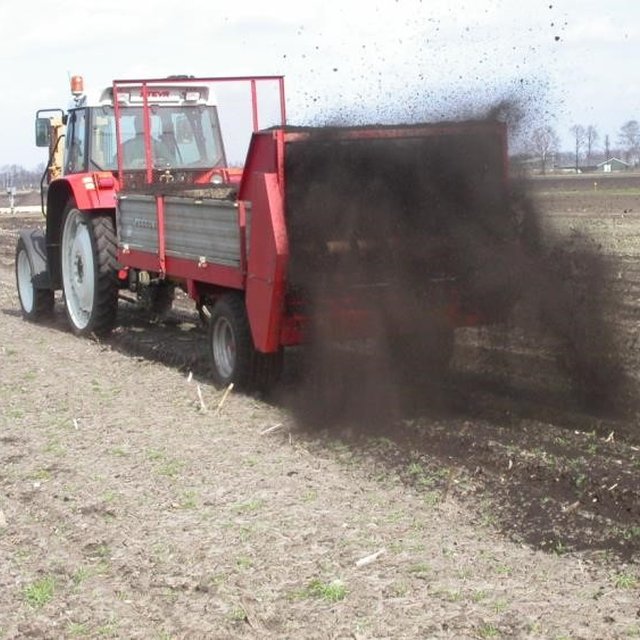



The technology is applied in a vegetable/arable production system on sandy soils in the Netherlands, but could be applied in various production systems on various soils. There are not directly environmental constraints for the application of certified organic agriculture.
Main characteristics of certified organic production can be found in the standards for organic production in the EU (Council Regulation (EC) No 834/2007). Purpose of the technology is sustainable production in a broad sense. Concerning soil management, focus is on maintaining soil quality and preserving (soil) biodiversity. Major inputs are organic fertilizers. No synthetic fertilizers and no synthetic pesticides are used. In practice in the de Peel region where this technology is applied also the use of 'organic' pesticides is minimal.
The impacts of the technology are:
- a better soil quality in general,
- reduced nitrate emissions to groundwater,
- better water holding capacity,
- and more stable yield which are however on average 20% lower than conventional yield.
Yield reduction is mainly due to pests and diseases. The economic performance of the system is good (better than conventional production).
Land user like this technology because of the good economic result and because it call upon their craftmanship as a farmer. Then again, farmers dislike it because its complicated, and pests are sometimes hard to control and finally because of additional handlabour needed for weed control.

ទីតាំង: located close to the village Vredepeel, De Peel, ប្រទេសហូឡង់
ចំនួនទីកន្លែងបច្ចេកទេស ដែលវិភាគ: 2-10 កន្លែង
ការសាយភាយនៃបច្ចេកទេស: ត្រូវបានផ្សព្វផ្សាយត្រឹមតំបន់មួយ (approx. 0.1-1 គម2)
តើស្ថិតក្នុងតំបន់ការពារអចិន្ត្រៃយ៍?:
កាលបរិច្ឆេទនៃការអនុវត្ត: 1998
ប្រភេទនៃការណែនាំឱ្យអនុវត្តន៍៖










| បញ្ជាក់ពីធាតុចូល | ឯកតា | បរិមាណ | ថ្លៃដើមក្នុងមួយឯកតា (euro) | ថ្លៃធាតុចូលសរុប (euro) | % នៃថ្លៃដើមដែលចំណាយដោយអ្នកប្រើប្រាស់ដី |
| សម្ភារៈ | |||||
| investments in mechanical weed control machinery | piece | 1,0 | 50000,0 | 50000,0 | 100,0 |
| ថ្លៃដើមសរុបក្នុងការបង្កើតបច្ចេកទេស | 50'000.0 | ||||
| ថ្លៃដើមសរុបក្នុងការបង្កើតបច្ចេកទេសគិតជាដុល្លារ | 57'471.26 | ||||
| បញ្ជាក់ពីធាតុចូល | ឯកតា | បរិមាណ | ថ្លៃដើមក្នុងមួយឯកតា (euro) | ថ្លៃធាតុចូលសរុប (euro) | % នៃថ្លៃដើមដែលចំណាយដោយអ្នកប្រើប្រាស់ដី |
| កម្លាំងពលកម្ម | |||||
| Additional handlabour mostly for weeding | hours | 250,0 | 160,0 | 40000,0 | 100,0 |
| Additional labour for mechanical weed control | hours | 75,0 | 160,0 | 12000,0 | 100,0 |
| សម្ភារៈ | |||||
| yearly costs of weed control mechanisation | euro | 1,0 | 5000,0 | 5000,0 | 100,0 |
| ថ្លៃដើមសរុបសម្រាប់ការថែទាំដំណាំតាមបច្ចេកទេស | 57'000.0 | ||||
| ថ្លៃដើមសរុបសម្រាប់ការថែទាំដំណាំតាមបច្ចេកទេសគិតជាដុល្លារ | 65'517.24 | ||||
Up till now, crop production is generally lower in organic agricultural systems compared to conventional systems.
Diversity is enhanced because of more organic matter application, no synthetic pesticide use, and no use of GMOs
organic planting material and manure are more expensive
Organic products can be sold at a higher price if they are certified
More (hand)weeding is needed because of no pesticide use
Due to better soil structure the water holding capacity of the soil increases, but also the natural drainage of the soil improves
Due to higher organic matter (manure) inputs the water holding capacity of the soil improves
In general, soils used in organic agriculture are covered more months in a year, due to more usage of cover crops in winter season for example
More attention is paid to the nutrientcycles, cover crops are used to maintain nutrients for the next season
More organic matter is applied, slowly this will lead to a higher content in the soil
No use of pesticides gives the opportunity for a diverse range of plants to develop
Pesticides can also harm the beneficial species, no pesticides = more benificial species
The whole agricultural system gets more diverse due to more organic inputs and less pesticide inputs
It is harder to control pests and diseases when synthetic pesticides are not allowed. There is no organic cure for all pests and diseases (yet)
Due to better soil structure the soil is less vulnerable for drought events
less nitrate leaching